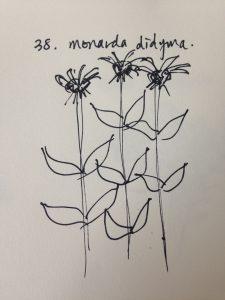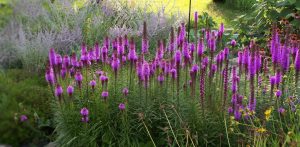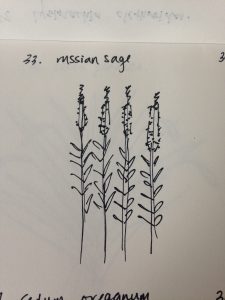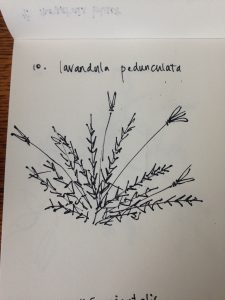
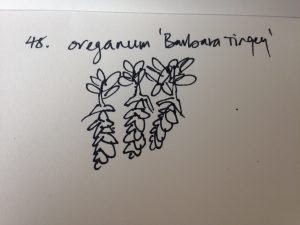
(image from google images)
Common name: Round-leaved oregano
Size, form, texture: Height 4 inches, width 8 inches, clump forming ground and rock cover.
Hardiness, origin, native ecology: Zone 7-9, very good plant for bumblebees, open soil that heats up is required for bumble bee nesting, need full sun and very well drained soil.
Bud, foliage, flower and fruit characteristics: Bracts obscure flower, start green/yellow then goes pink then brown, disintegrates quickly. Blooms for months and months, blue-green slightly rounded heart shaped leaves.
Cultural and maintenance requirements and appropriate uses in the landscape: can be used in planters, hanging baskets, as edging, very attractive plant.

